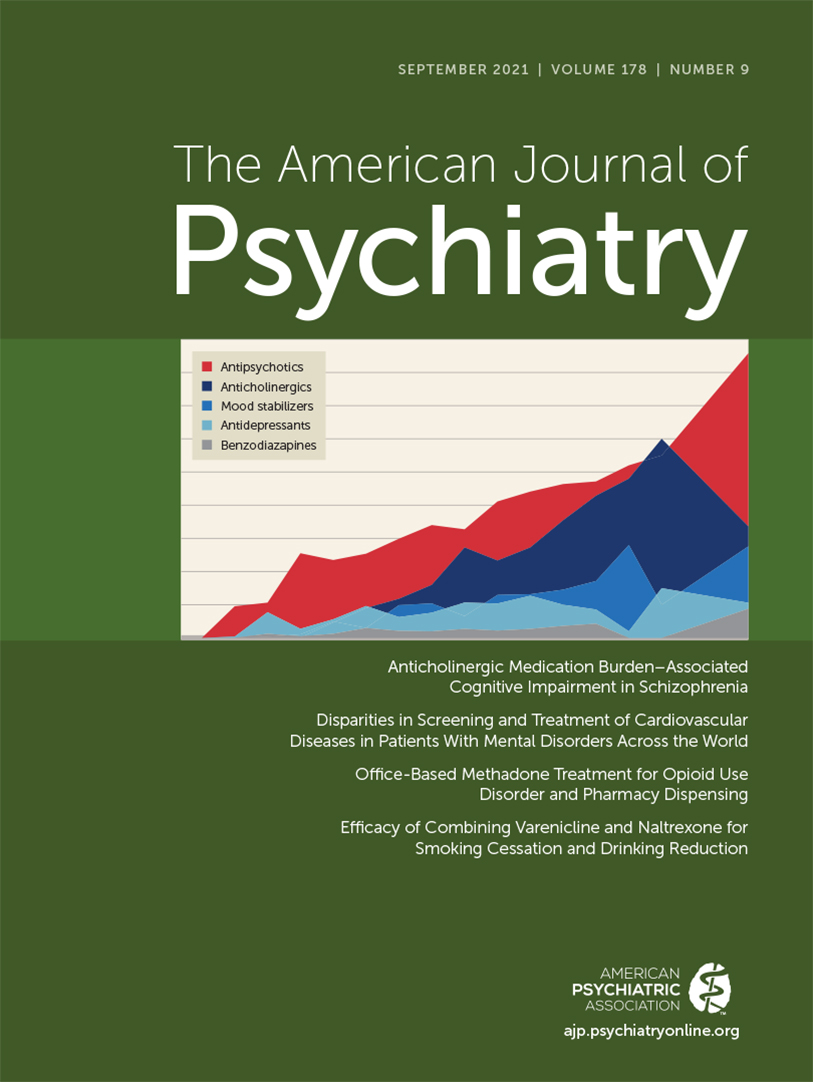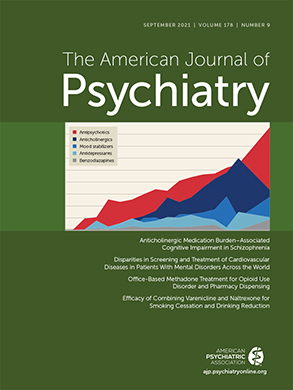Insights Into Improving Clinical Outcomes Across Psychiatric Disorders and Medical Comorbidities
Testing the Efficacy of Combining Varenicline and Naltrexone for Treating Heavy-Drinking Smokers
Gabapentin’s Effects on GABA and Glutamate Levels in Relation to Treatment Efficacy in Alcohol Use Disorder
Anticholinergics and Cognitive Impairment in the Treatment of Schizophrenia
Relapse After Acute Treatment for Anorexia Nervosa
Factors Associated With Stimulant Treatment Outcomes in Patients With ADHD
Conclusions
Footnote
References
Information & Authors
Information
Published In
History
Keywords
Authors
Metrics & Citations
Metrics
Citations
Export Citations
If you have the appropriate software installed, you can download article citation data to the citation manager of your choice. Simply select your manager software from the list below and click Download.
For more information or tips please see 'Downloading to a citation manager' in the Help menu.
View Options
View options
PDF/EPUB
View PDF/EPUBLogin options
Already a subscriber? Access your subscription through your login credentials or your institution for full access to this article.
Personal login Institutional Login Open Athens loginNot a subscriber?
PsychiatryOnline subscription options offer access to the DSM-5-TR® library, books, journals, CME, and patient resources. This all-in-one virtual library provides psychiatrists and mental health professionals with key resources for diagnosis, treatment, research, and professional development.
Need more help? PsychiatryOnline Customer Service may be reached by emailing [email protected] or by calling 800-368-5777 (in the U.S.) or 703-907-7322 (outside the U.S.).

